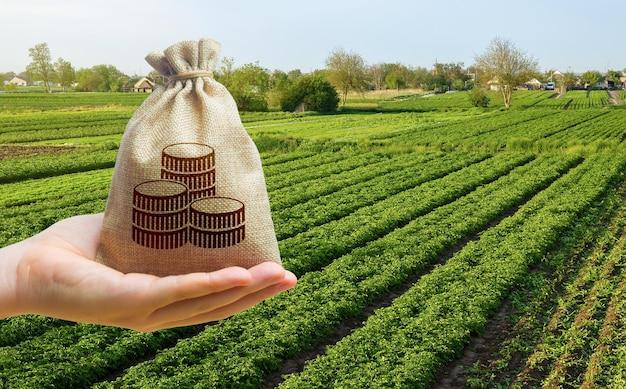Small-scale farmers play an important role in global food production, yet they often face many challenges accessing the financial resources needed to start and maintain a successful farm. As agricultural experts work to support farmers in serving a growing population, these small-scale farms are looking for ways in which to financially start and sustain their businesses. In recent years, two financing trends have emerged as powerful tools to support these farmers: microloans and crowdfunding. This article explores the role of microloans and crowdfunding in empowering small-scale farmers and highlights their impact on the agriculture industry.
Microloans
. Typical financial institutions tend to have more strict requirements to receive traditional financing, which puts it out of reach for some small-scale farmers. Microloans, on the other hand, can often be more accessible, not requiring a substantial business history, a very high credit score or large collateral. They can also be more flexible and offer lower interest rates and fewer fees. Some microloans even offer classes and business coaching for farmers looking to break into the agricultural industry.
Microloans are not only useful for farmers looking to purchase farmland to start their businesses, but also those who wish to expand their businesses can benefit as well. Microloans can be used to purchase equipment and livestock, construct new buildings, and for marketing and distribution purposes, among other things. This accessibility, flexibility and variety of use makes microloans an attractive option for small-scale farmers.
Crowdfunding
Another popular tool for small-scale farmer support is crowdfunding. Crowdfunding is the use of funds from a large number of individuals in order to finance a variety of needs. These individuals can contribute as little as a few dollars to over thousands of dollars, which makes it popular to a wider network of people who are looking to invest a little or a lot.
With the evolution of the internet and social media, crowdfunding has become even more popular in recent years. Websites like Kickstarter and GoFundMe, for example, allow users to easily give to any cause they desire and to share these needs across social media in order to attract more potential investors. Some crowdfunding programs allow the business owner to offer a variety of rewards to investors, and in some cases, tiered rewards based on how much the investor gives.
By pooling all of these funds together from a variety of individuals, a small-scale farmer can reach their financial goals as well as strengthen the farmer-to-community bond, both of which have tremendous value in the agriculture industry.
Conclusion
Microloans and crowdfunding are emerging as very beneficial tools for small-scale farmers to access the funding they need. As our world becomes increasingly more interconnected, and communities become more aware of exactly where their food comes from, these tools are allowing individuals and financial institutions to get involved in the process. By providing this much-needed support and capital, investors are helping to sustain small-scale farmers, and therefore assisting in meeting the demand of our ever-growing population.













Comments